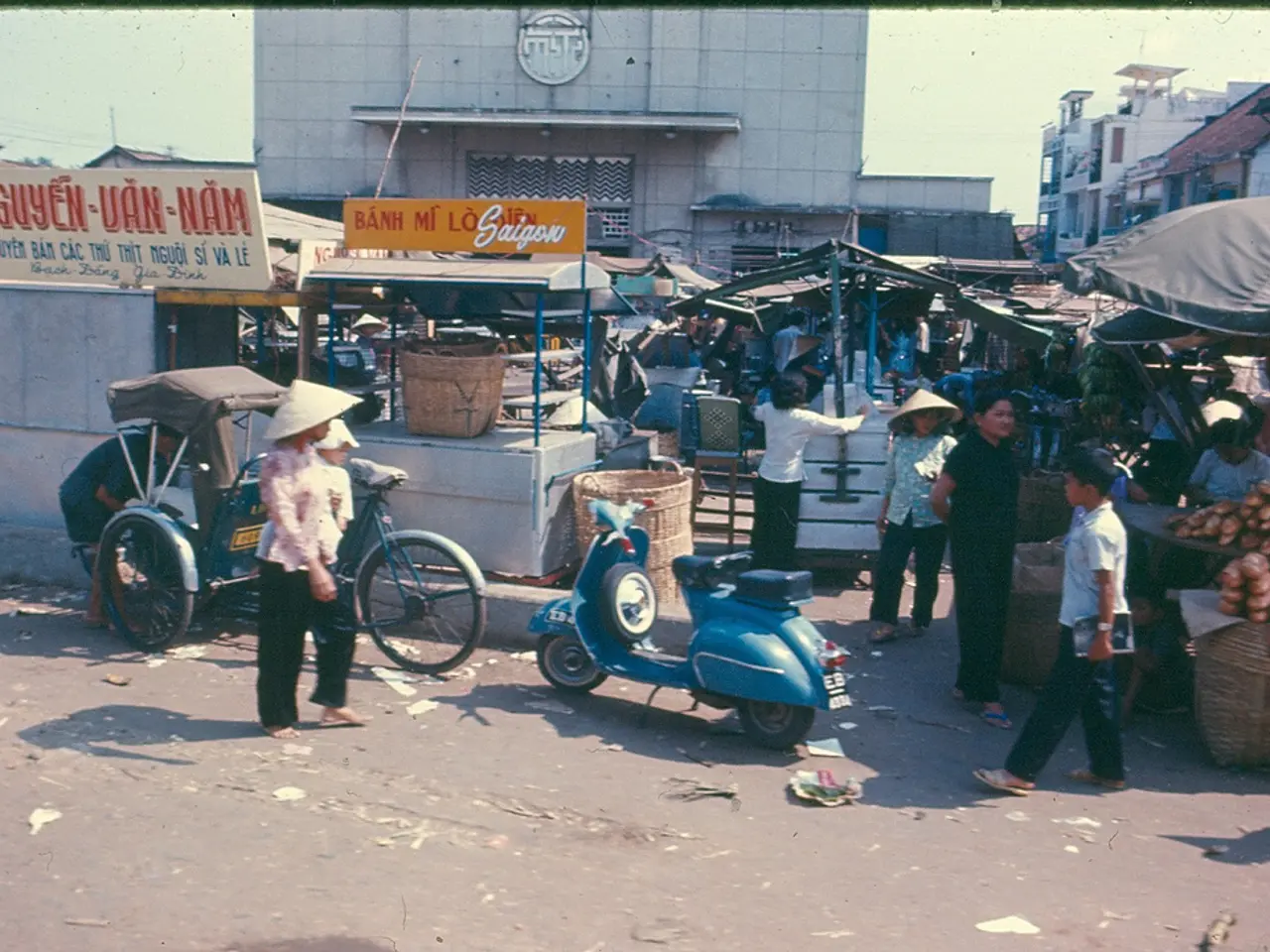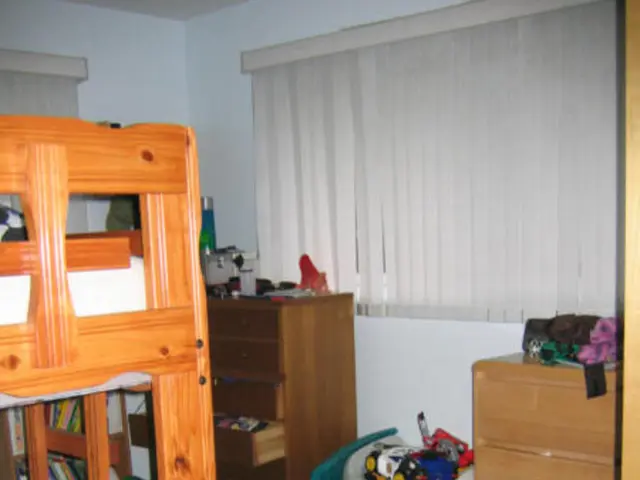Enhancing Shopping Districts in Berlin with a Comprehensive Ten-Point Strategy
Berlin, the vibrant capital of Germany, has announced a ten-point plan aimed at supporting city centers and shopping streets in the face of changing retail landscapes. The comprehensive plan, spearheaded by the Senate Department for Economics, Energy and Operations, was published today.
At the heart of the plan is the facilitation of flexible transitional use of vacant spaces. To achieve this, Berlin plans to establish a central coordination office for vacant spaces. This office will serve as a mediator for areas requiring temporary use, helping to keep shopping streets vibrant and active.
Another key focus is the promotion of a city-wide campaign to raise awareness of waste avoidance. This initiative ties into sustainability goals and the improvement of the urban environment in shopping areas.
The plan also emphasizes the importance of strengthening the diversity of uses in malls and shopping streets. This is achieved by encouraging new synergies between retail, gastronomy, culture, crafts, services, education, health, and housing. This diversification aims to respond to structural changes in retail and make shopping districts more resilient and attractive.
In addition, the plan increases financial support for district-level initiatives such as location management, vacancy management, and business networking. This is done by reducing the districts' funding share in relevant programs, thereby making these measures easier to finance and implement.
Citizens will also play a role in the revitalization process through surveys of passers-by. These surveys aim to identify further opportunities to improve city center environments and shopping streets, ensuring that community needs and ideas are incorporated.
Christian Gaebler (SPD) stated that these changes present an opportunity to strengthen the diversity of uses in Berlin's centers. Gaebler emphasized that the plan aims to avoid vacancies in city centers and contribute to the overall vitality of the city.
In summary, Berlin's plan integrates interim use of vacant spaces, waste reduction, and diversification of uses by combining administrative coordination, public awareness campaigns, flexible funding, and community involvement. This holistic approach is designed to revitalize and strengthen the city's shopping streets and centers.
[1] Source: Senate Department for Economics, Energy and Operations, Berlin.
To support the revitalization of shopping streets and city centers, Berlin plans to promote a lifestyle that incorporates sustainability through a city-wide campaign focused on waste avoidance in home-and-garden, retail, and other shopping sectors. Additionally, the plan encourages a home-and-garden shopping experience by supporting diverse uses within malls and streets, such as gastronomy, culture, crafts, services, education, health, and housing. This holistic approach aims to create an attractive, resilient, and vibrant shopping environment for Berlin's citizens.




